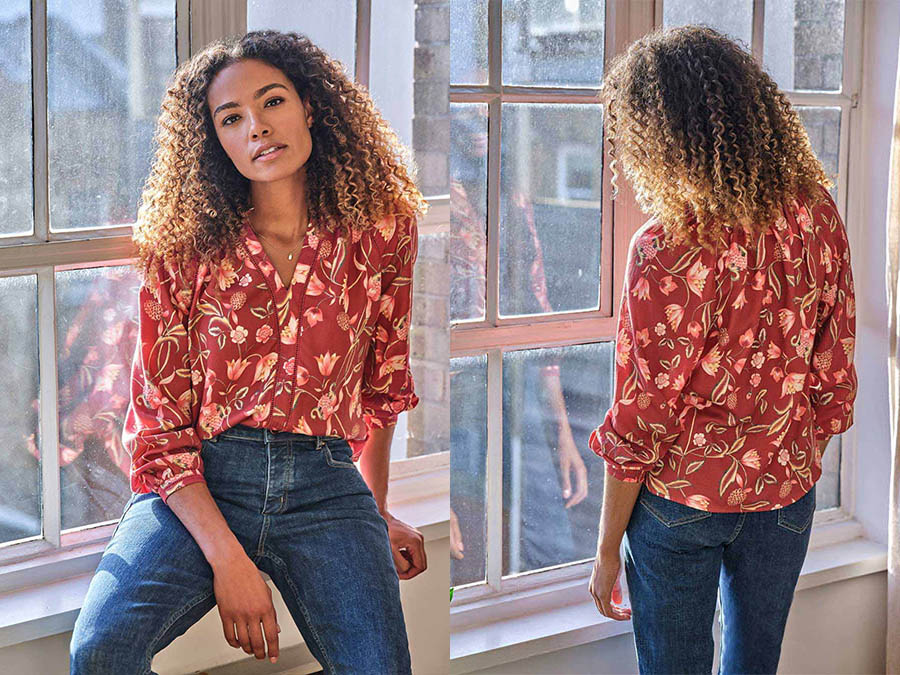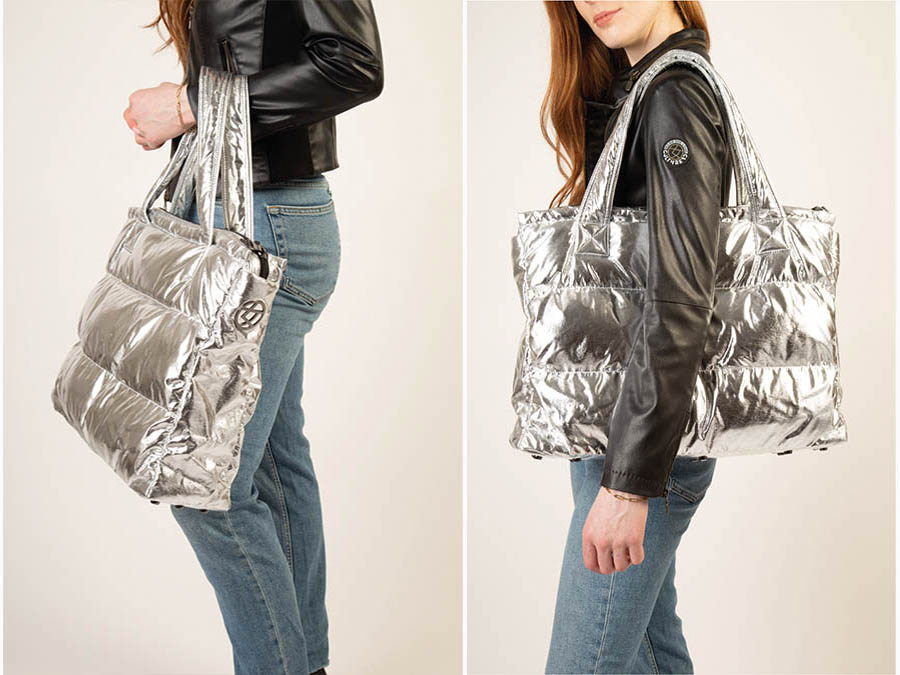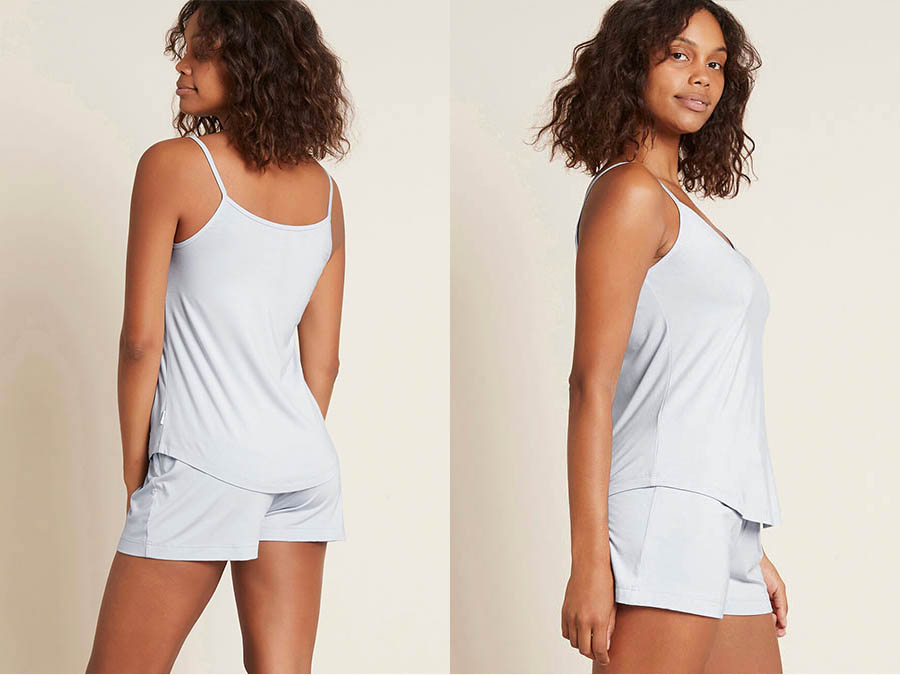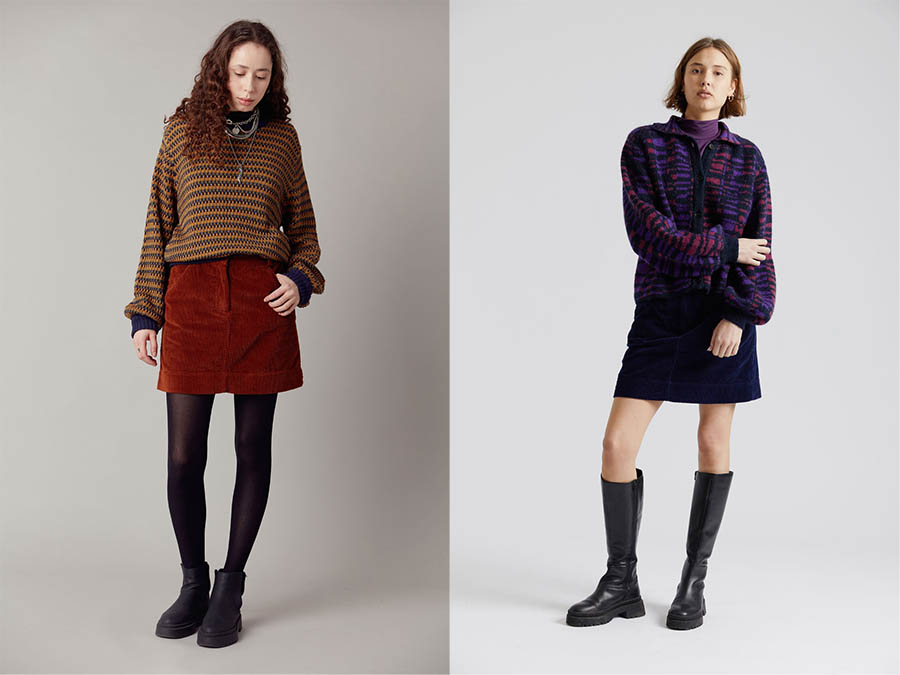How To Check If Clothes Are Recycled
In a world increasingly concerned about sustainability and environmental impact, many people are turning to recycled clothing as a way to reduce their carbon footprint.
Recycling clothing not only conserves resources but also minimizes the negative impacts of fast fashion.
However, it can be challenging to determine whether the clothes you’re buying are genuinely recycled or if it’s just a marketing gimmick.
Here at sustainbalefashion.ie, we will explore various methods and tips to help you identify whether your clothes are truly recycled.
Why Sustainable Fashion is Important
Sustainable clothing is of significant importance for several reasons, including environmental, social, and economic factors. Here are some key reasons why sustainable clothing matters:
1. Environmental Conservation
- Reduced Resource Consumption: Sustainable clothing aims to minimize the use of natural resources such as water, land, and energy. Traditional clothing production can be resource-intensive, leading to habitat destruction, water scarcity, and pollution.
- Reduced Pollution: Sustainable fashion seeks to minimise pollution from textile dyeing and finishing processes, which can release harmful chemicals into the environment. It also promotes the use of eco-friendly materials and manufacturing methods.
- Lower Carbon Footprint: Sustainable clothing often has a lower carbon footprint as it involves shorter supply chains, reduced transportation, and the use of renewable energy sources in production.
- Less Waste: Fast fashion contributes to massive textile waste and overproduction. Sustainable fashion encourages durable and timeless designs, recycling, upcycling, and responsible disposal practices, reducing the amount of clothing sent to landfills.
2. Social Impact
- Fair Labour Practices: Sustainable fashion brands often prioritize fair wages and safe working conditions for their employees. This helps combat exploitation and improves the lives of garment workers, particularly in developing countries.
- Support for Local Communities: Some sustainable fashion brands focus on local and artisanal production, which can have a positive impact on local economies and traditional craftsmanship.
- Transparency: Many sustainable clothing brands are transparent about their supply chains, allowing consumers to make informed choices and support ethical practices.
3. Economic Benefits
- Long-Term Value: Sustainable clothing tends to be higher in quality and durability, providing better long-term value for consumers. Although the initial cost may be higher, it often pays off in terms of longevity.
- Job Creation: The shift towards sustainable fashion can create new job opportunities in sustainable materials development, recycling, and ethical manufacturing.
4. Health and Well-being
- Toxic Chemical Reduction: Sustainable clothing often avoids the use of harmful chemicals, making it safer for both consumers and workers involved in the production process.
5. Educational and Advocacy Value
- Awareness: Sustainable clothing practices help raise awareness about the environmental and social impacts of the fashion industry, encouraging consumers to make more conscious choices.
- Advocacy: By supporting sustainable clothing, consumers send a message to the industry and policymakers that they prioritise ethical and eco-friendly practices, which can influence change at a larger scale.
6. Innovation and Creativity
- Encouragement of Innovation: Sustainable fashion encourages innovation in materials and manufacturing processes, driving the development of more eco-friendly alternatives.
7. Preservation of Biodiversity
Sustainable clothing can support the preservation of ecosystems and biodiversity by reducing habitat destruction and pollution associated with traditional fashion production.
In Summary
sustainable clothing is important for the well-being of our planet, the livelihoods of garment workers, and the overall health and satisfaction of consumers.
By choosing sustainable clothing options and advocating for responsible fashion practices, individuals and society as a whole can contribute to a more sustainable and ethical future in the fashion industry.
Now let’s give you some checkpoints to look out for to ensure the clothes and fashion itesm your are buying are actually made from recycled goods. This will help avoid greenwashing by fashion houses.
1. Check the Label
Start by examining the clothing label. Legitimate recycled clothing often comes with labels or tags that provide information about the recycling process.
Look for terms like “upcycled,” “reclaimed,” “repurposed,” or “recycled materials.” These labels are a good indicator that the garment contains recycled content.
2. Research the Brand
Research the brand that produces the clothing. Reputable brands with a commitment to sustainability will often have detailed information on their websites about their recycling processes and the materials they use.
Look for certifications like “Global Recycle Standard” (GRS) or “Recycled Claim Standard” (RCS) as these indicate adherence to recycling and sustainability standards.
3. Material Composition
Examine the material composition of the clothing. Recycled clothing typically contains a significant percentage of recycled or repurposed materials.
Commonly recycled materials include recycled cotton, polyester, and nylon. If the clothing contains a high percentage of recycled materials, it’s a good sign that it’s genuinely recycled.
4. Texture and Appearance
Recycled clothing may have a slightly different texture or appearance compared to new clothing.
This is because recycled fibers can have subtle variations due to their previous use. Look for signs of wear and tear that suggest the material has been repurposed.
5. Sustainability Claims
Look for sustainability claims on the brand’s website or product tags. Brands committed to recycling and sustainability will often share information about their efforts to reduce waste and promote recycling. They may also mention their partnerships with recycling facilities or organizations.
6. Price and Quality
Consider the price and quality of the clothing. High-quality recycled clothing is often priced higher than mass-produced fast fashion items. If the price seems too good to be true, it may be a red flag that the clothing is not truly recycled.
7. Customer Reviews
Read customer reviews and feedback about the brand and specific products. Other consumers may share their experiences and insights into the authenticity of the recycled clothing. Be wary of brands with consistently negative reviews regarding their sustainability claims.
8. Transparency
A transparent brand is more likely to produce genuinely recycled clothing. Look for brands that openly share information about their supply chain, recycling partners, and the sourcing of materials. Transparency is a key indicator of a brand’s commitment to sustainability.
9. Certifications
Check for third-party certifications related to recycling and sustainability. Certifications like “Fair Trade,” “OEKO-TEX Standard 100,” or “B Corp” demonstrate a brand’s dedication to ethical and sustainable practices.
10. Contact the Brand
If you’re still uncertain about a product’s authenticity, don’t hesitate to contact the brand directly.
Ask them specific questions about their recycling processes, materials used, and any certifications they hold. A responsive and transparent brand will be willing to provide detailed information.
And Finally
In an era where environmental consciousness is paramount, knowing whether your clothes are recycled is essential.
By following these tips and methods, you can make more informed choices as a consumer and support brands that are genuinely committed to reducing waste and promoting sustainable fashion practices.
Remember that your purchasing decisions have a significant impact on the fashion industry’s future, so choose wisely and encourage positive change through your choices.






